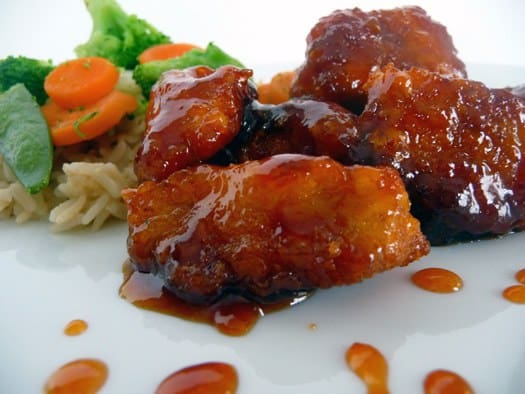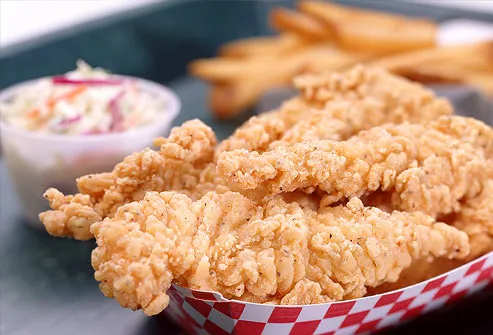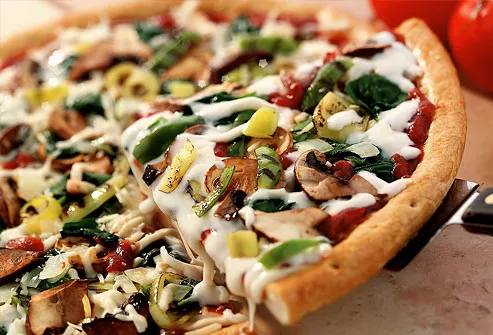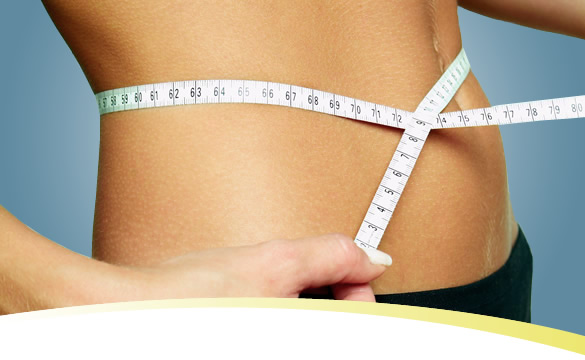When dining out, I find that the hardest thing to figure out - given that I am not a professional chef - is "what's in the sauce exactly?" Who is this Alfredo that is poured all over my pasta and what do they mean when they just mention the name of the sauce! It's pretty hard since most of the times, everyone assumes that you know what to choose with your pasta, meat, fish or chicken!
This is why using this list as a quick reference would make you a savvy restaurant patron!
 |
| Pasta with Alfredo sauce |
- Alfredo - Creamy Italian sauce, typically prepared with butter, heavy cream and Parmesan cheese
- Bearnaise - Thick French sauce made with white wine, tarragon, vinegar, shallots, egg yolks and butter
- Bechamel - Basic white sauce made with flour, milk, butter and flavored with onion.
- Bolognese - Italian meat sauce made with ground beef and sometimes pork & ham, sautteed in a small amount of butter and/or olive oil with tomatoes, other vegetables, herbs, and sometimes wine. It is also referred to as a ragu bolognese sauce
- Bourguignonne - French sauce made with red wine, carrots, onions, flour and a little amount of bacon
- Beurre blanc - Thick, smooth, sauce whisked with wine, vinegar, shallot and cold butter
- Carbonara - Italian sauce made with cream, eggs, Parmesan cheese and bits of bacon
- Coulis - Thick puree or sauce such as tomato or squash
 |
| Salmon with sauce Hollandaise |
- Demi-glaze - Reduction sauce that gets its intense flavor by slowly cooking beef stock and Madeira or sherry to a thick glaze
- Hollandaise - Thick sauce with white wine, vinegar or water, egg yolks, melted butter and lemon juice.
- Marinara - Italian tomato sauce made with tomato, basil and perhaps other seasonings such as onions, garlic and oregano
- Pesto - Uncooked sauce made with fresh basil, garlic, pine nuts, Parmesan or Pecorino cheese and olive oil. And actually it is my favorite with Italian pasta!
- Reduction sauce - Sauce of broth or pan juices boiled down to concentrate the flavor and thicken the consistency.
 |
| Sweet and sour chicken |
- Sweet & sour - Sugar and vinegar added to variety of sauces. This is mostly famous here when added to Chinese dishes!
- Veloute - Light, stock-based white sauce. The stock is usually broth left from cooking meat, poultry, fish or vegetables. It is usually thickened with flour and butter but sometimes egg yolks and cream are added.
- Vinaigrette - Simple oil and vinegar combination.
Sauces like bourguignonne, coulis, demi-glace, marinara, reduction sauce, sweet & sour and vinaigrette are usually lower in fat than other cheesy/creamy ones. However, the ingredients tend to vary from one chef to another and so does the fat content!
This was brought to you from the ADA's Complete Food and Nutrition Guide book!






























